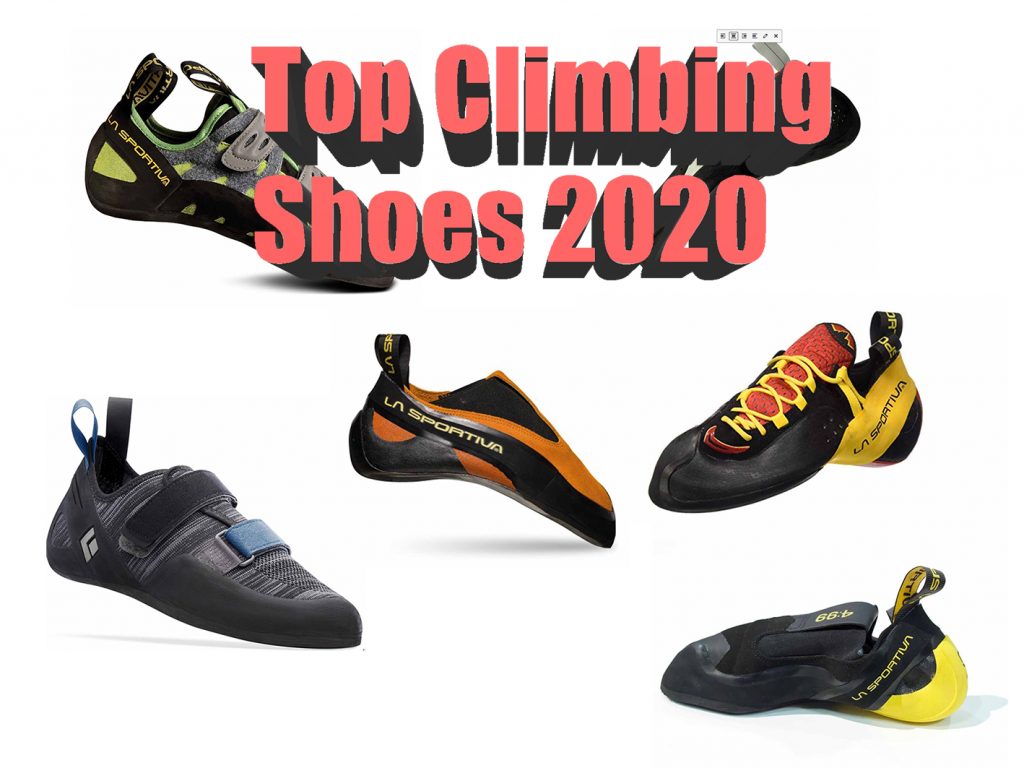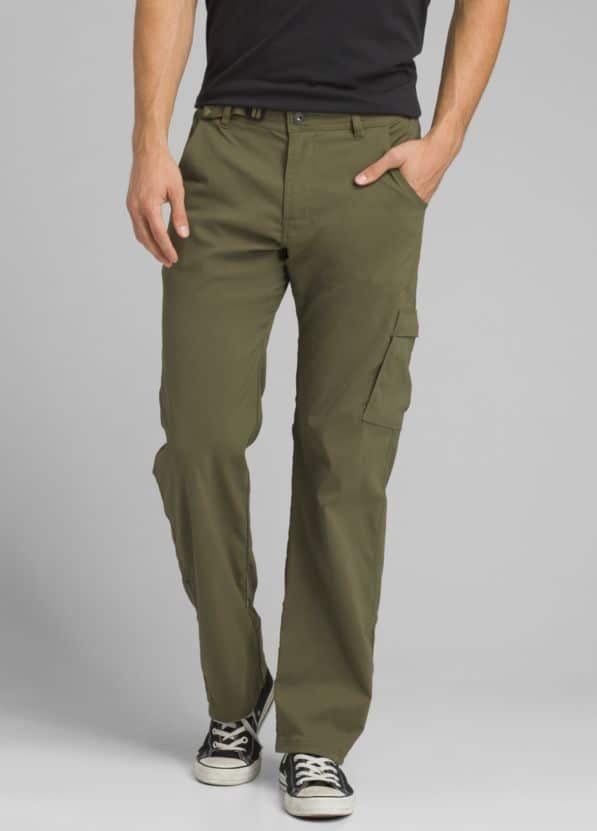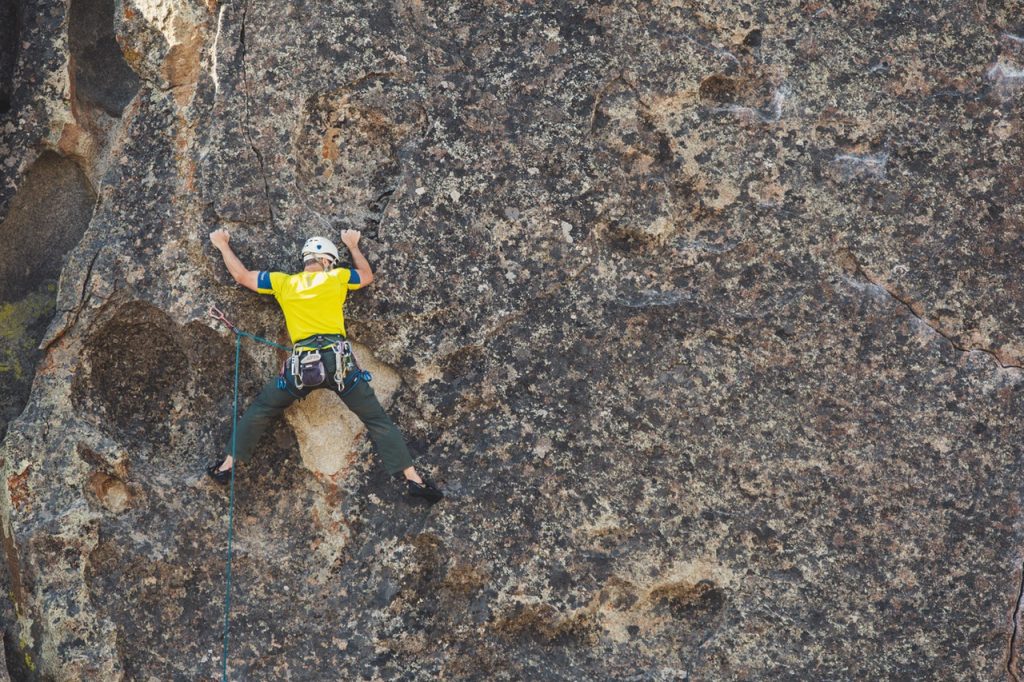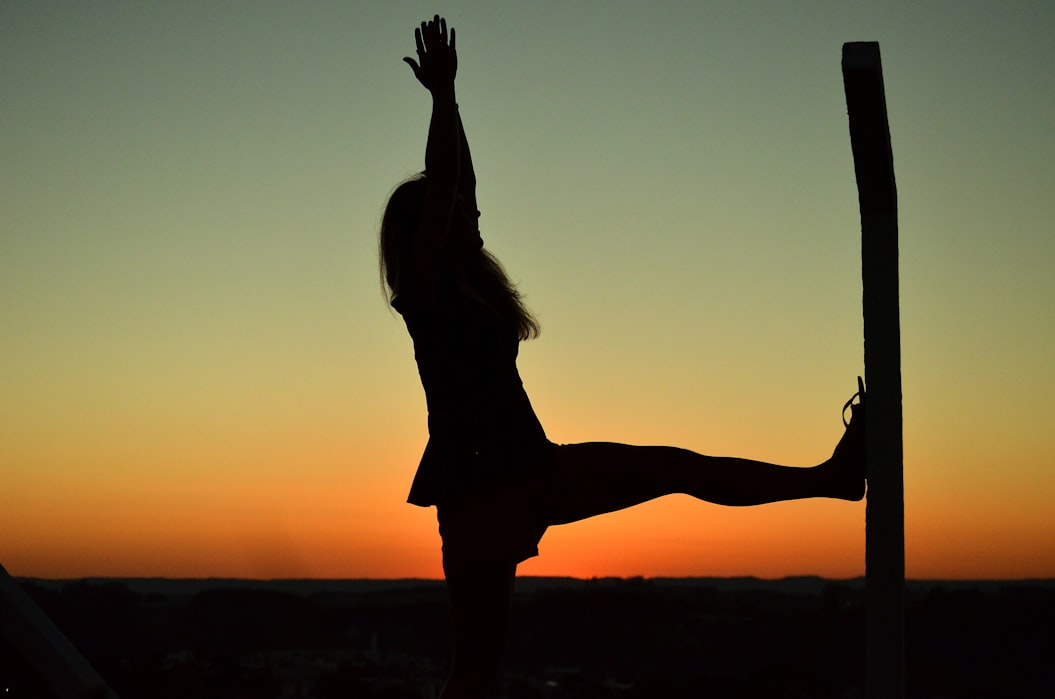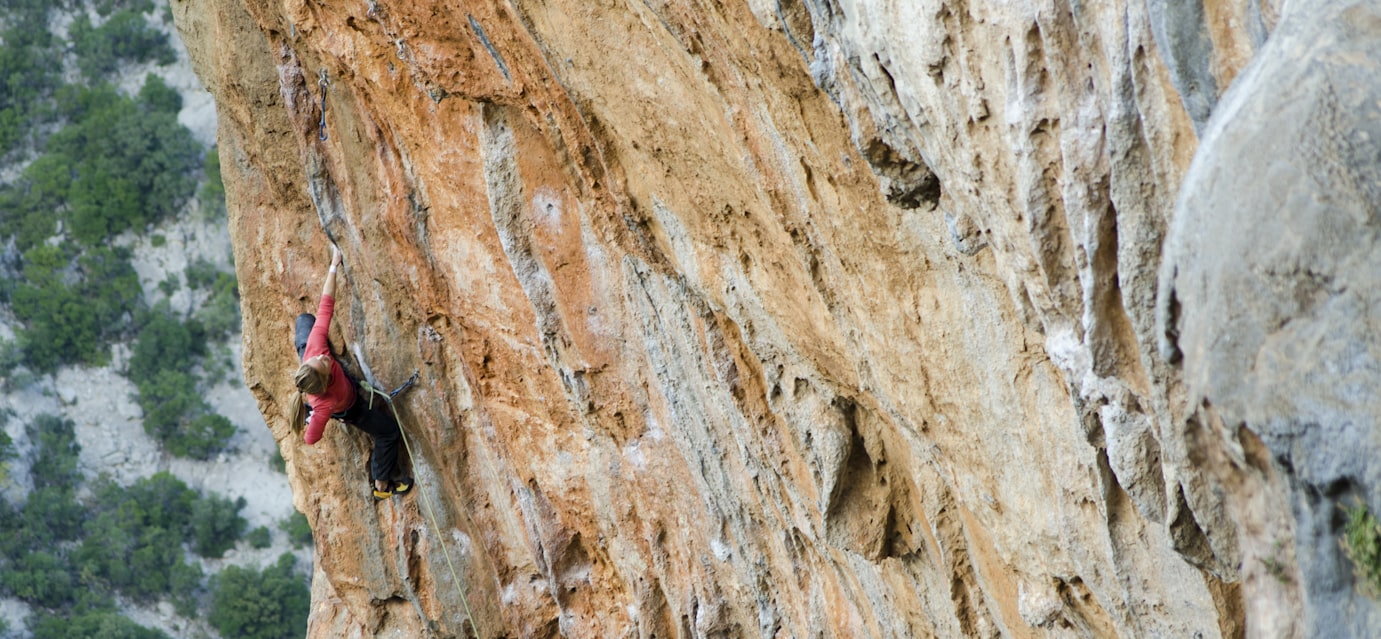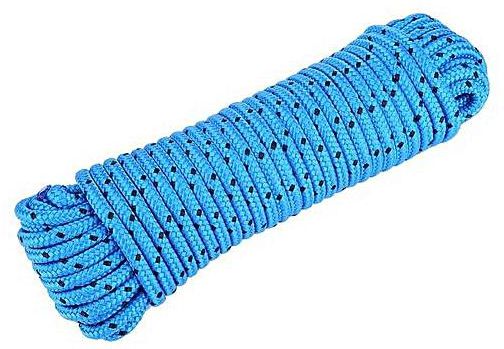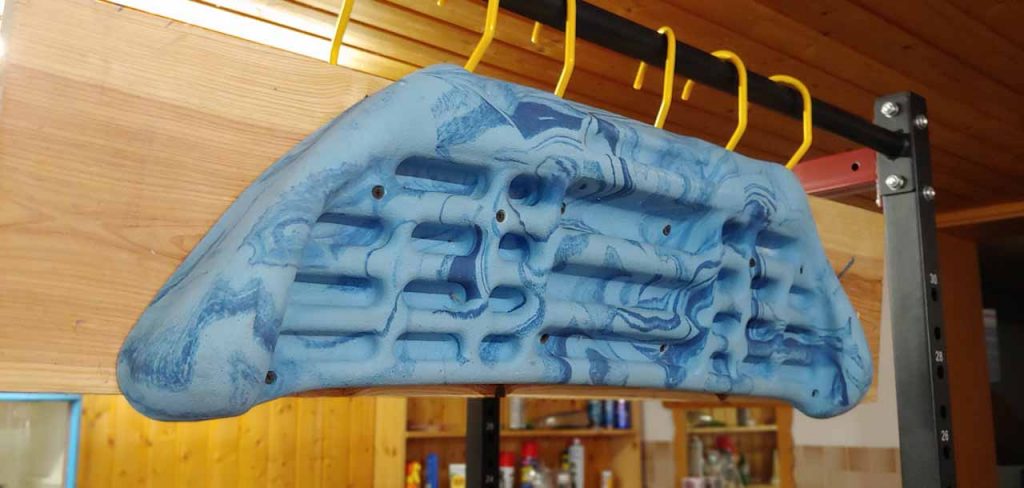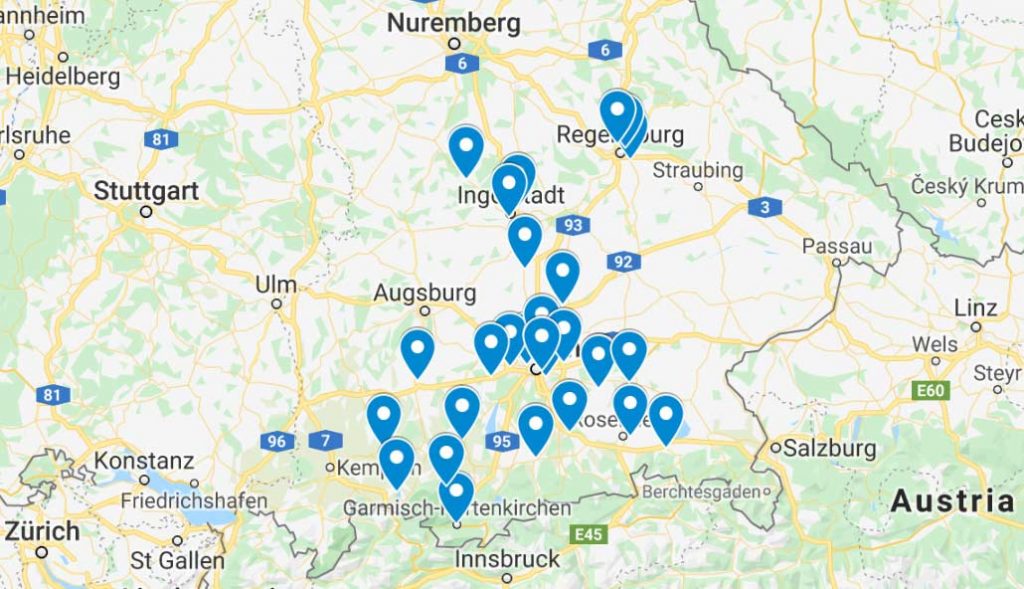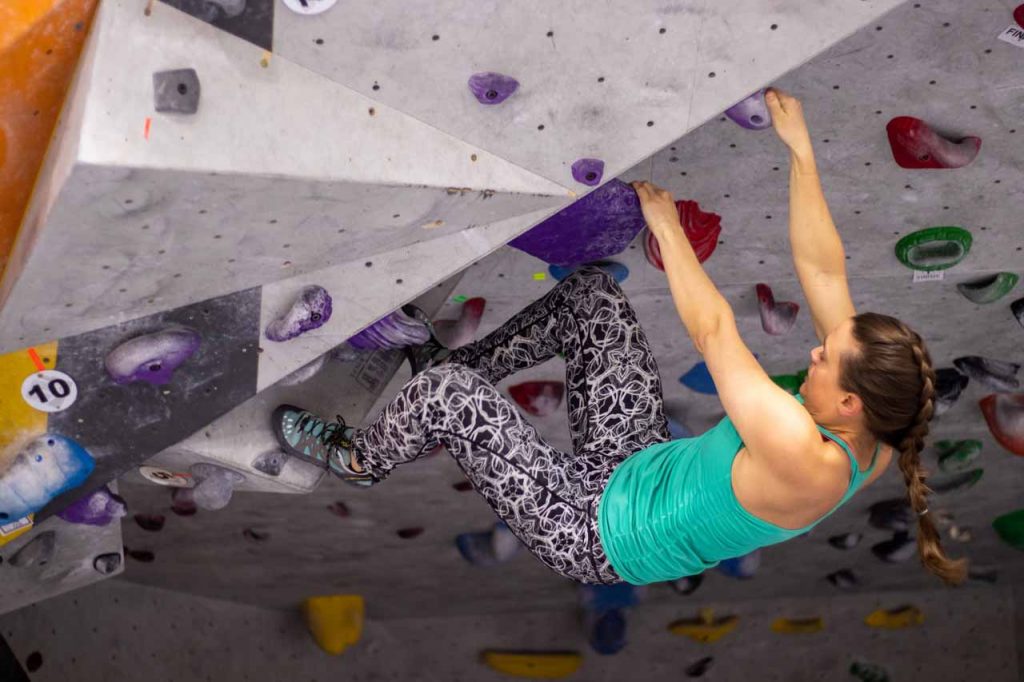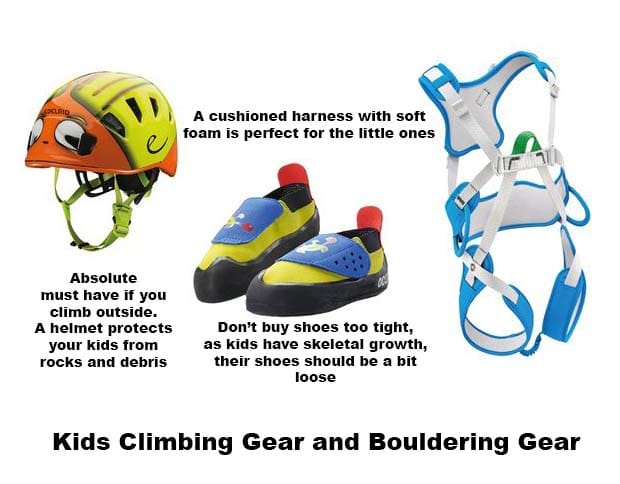Best Climbing Shoes for 2022 for Boulderers and Climbers
Disclaimer: This article may contain affiliate links. If you make a purchase through these links, I will earn a commission at no extra cost to you. Thanks! Climbing shoes are one of the essential climber gears. That is why you need to make sure you buy the best pair for your style of climbing. On …
Best Climbing Shoes for 2022 for Boulderers and Climbers Read More »

